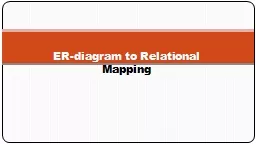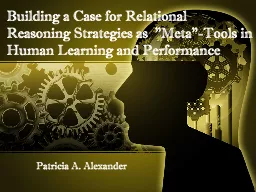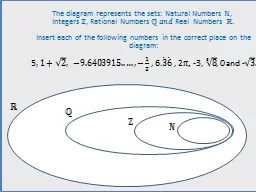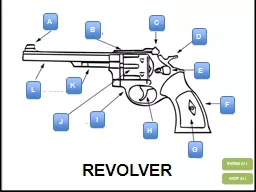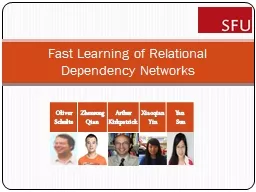PPT-ER-diagram to Relational
Author : isabella | Published Date : 2022-06-11
Mapping An ERdiagram is prepared by the designer to capture a real world situation and to give a pictorial representations of the interaction between the entities
Presentation Embed Code
Download Presentation
Download Presentation The PPT/PDF document "ER-diagram to Relational" is the property of its rightful owner. Permission is granted to download and print the materials on this website for personal, non-commercial use only, and to display it on your personal computer provided you do not modify the materials and that you retain all copyright notices contained in the materials. By downloading content from our website, you accept the terms of this agreement.
ER-diagram to Relational: Transcript
Download Rules Of Document
"ER-diagram to Relational"The content belongs to its owner. You may download and print it for personal use, without modification, and keep all copyright notices. By downloading, you agree to these terms.
Related Documents

